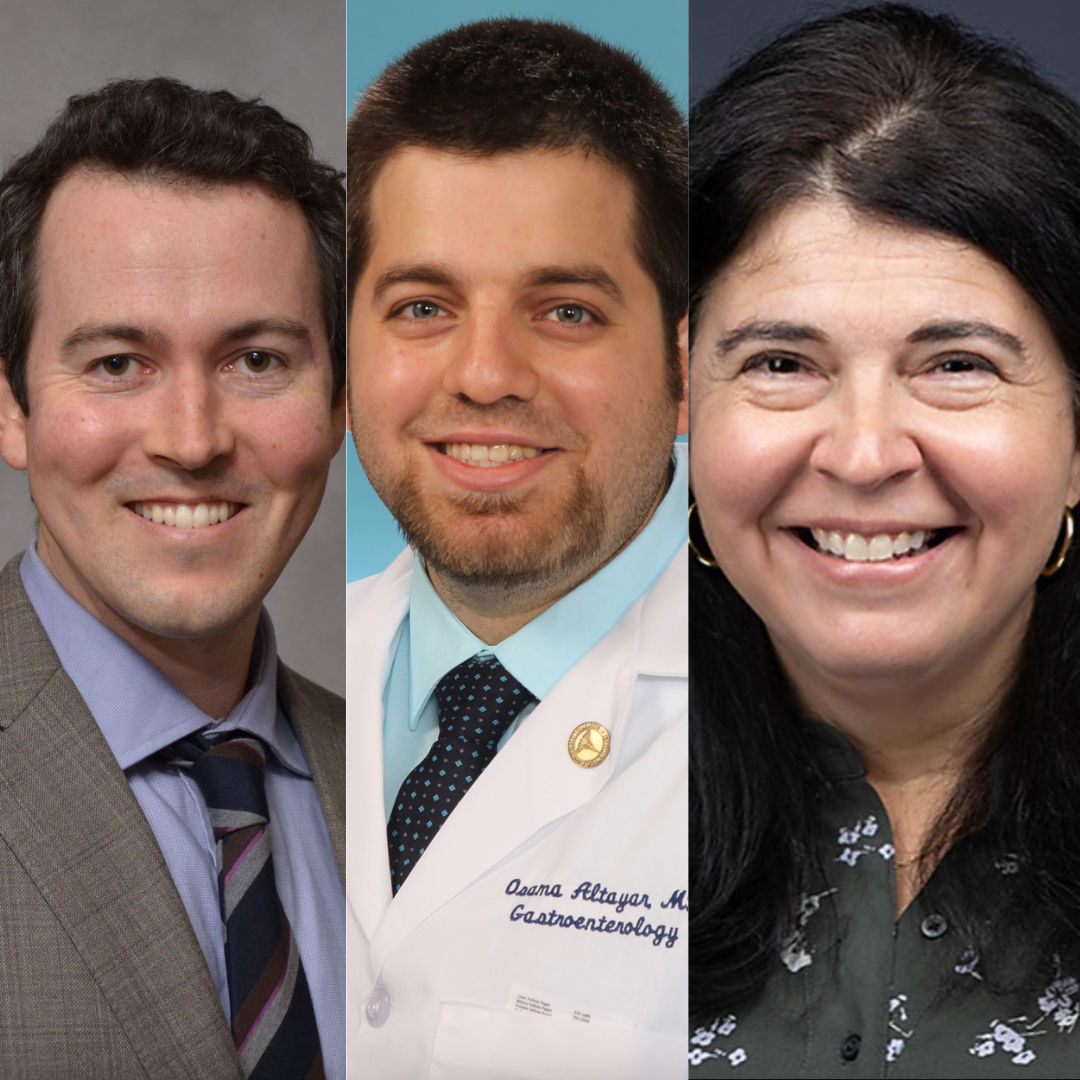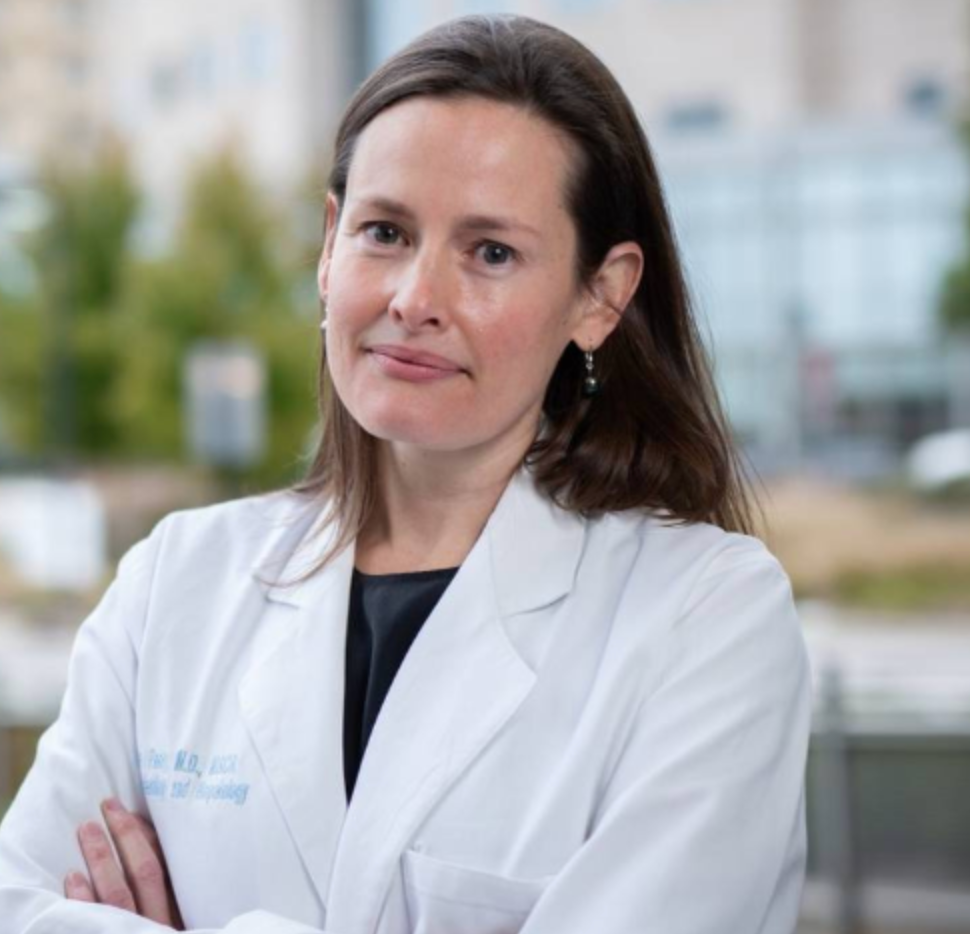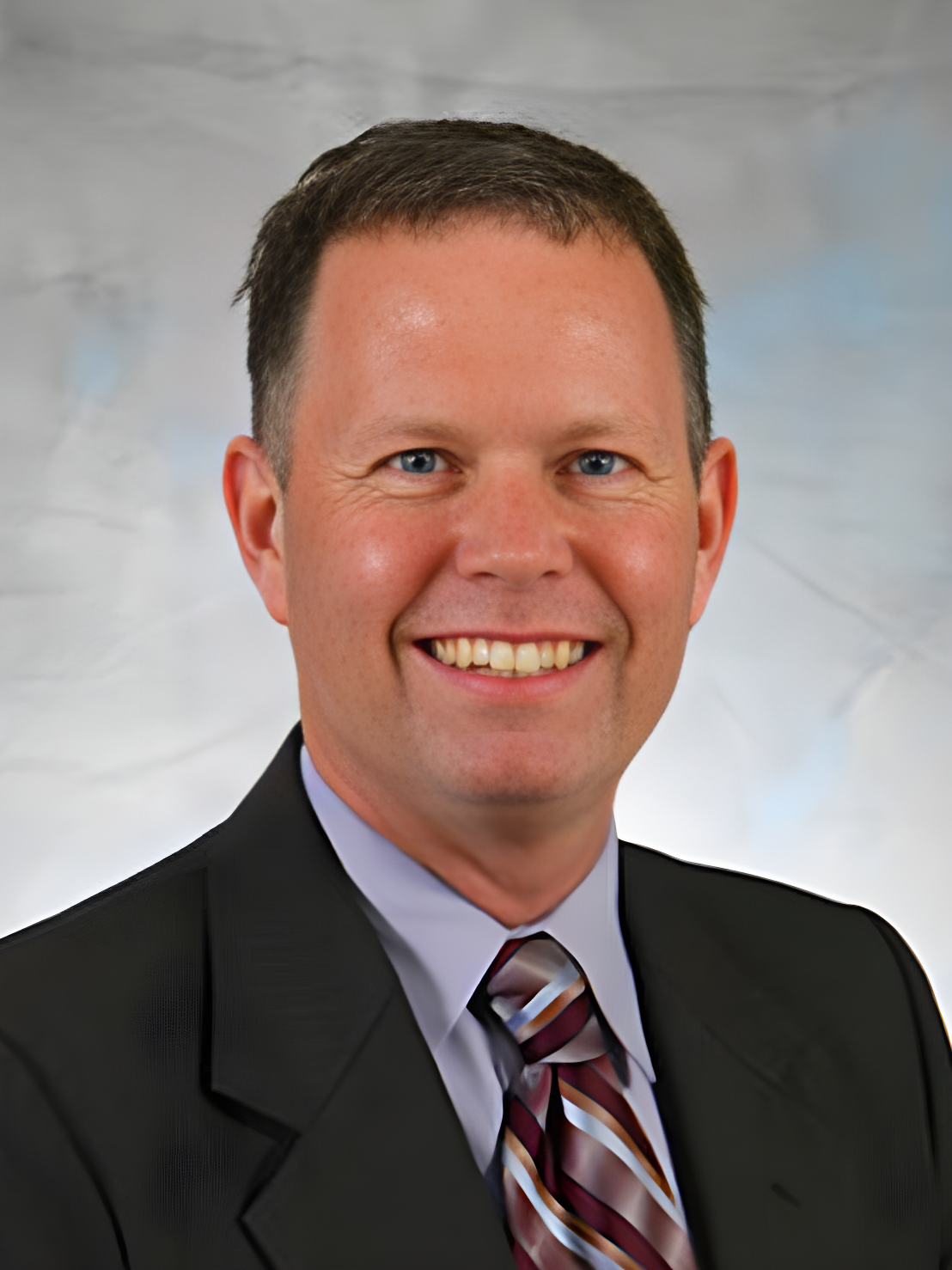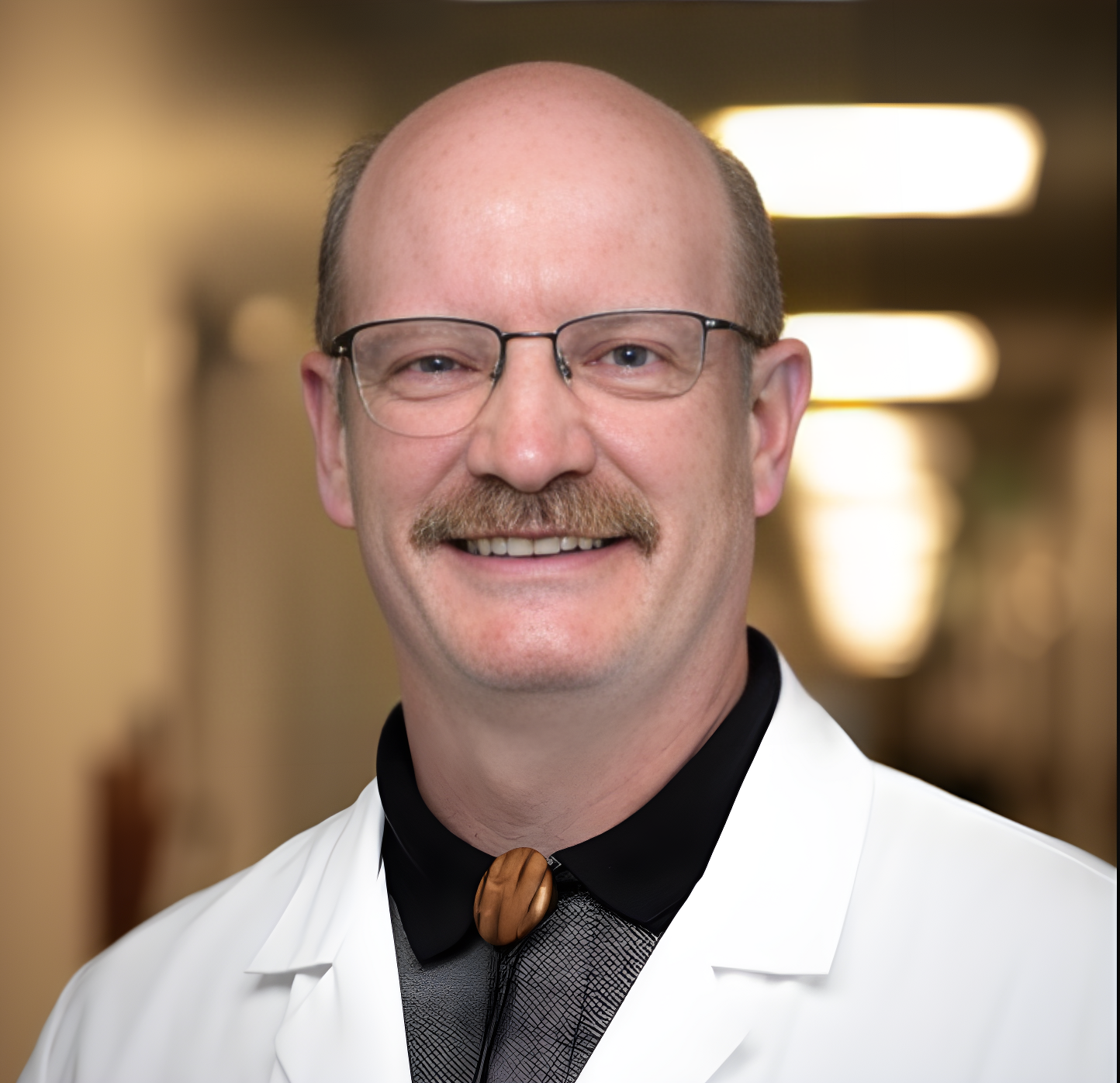Video
Incorporating FMT Treatment Into Clinical Practice
Author(s):
Candace Cotto, RN, reviews the process of incorporating fecal microbiota, live-jslm treatment into clinical practice, what patients can expect, and the room sanitation process after the procedure.
Stuart Johnson, MD: Thinking about incorporating this new FMT into clinical practice, what are the clinical setting requirements to administer this?
Candace Cotto, RN: It can be administered in an outpatient setting. There's no prep, no bowel prep. The patients can come in. They stop their antibiotics, standard-of-care antibiotics, anywhere from 24 to 72 hours prior to coming in. They can have a light meal, either breakfast or lunch. They come in, they empty their bladder, they lie on the exam table. A lot of issues that I've come in contact with, with sites that are looking to incorporate it into their practice, is they're afraid the patients have C diff [Clostridioides difficile] and this is going to spread into the area.
Stuart Johnson, MD: Good point.
Candace Cotto, RN: I have to explain to them they don't have C diff right now. They've been treated with their standard-of-care antibiotics, so they're C diff-free at this point. The product itself is a healthy microbiome so a small amount, as Joe had mentioned, is 150 mL, small amount. The patient will lie on their left-hand side. It's slightly invasive but it's a small tube that's inserted into the rectum, only 4 inches. It goes in in 2 minutes. It's room temperature by the time you take it out of the refrigerator, take it out. The patient lies on their left side for 15 minutes to decrease cramping and then they can go home, go about their merry way. It's not as labor intensive or scary as most people think it is.
Stuart Johnson, MD: Got it, so it's experience in doing this.
Candace Cotto, RN: Right.
Stuart Johnson, MD: As you pointed out, some people are concerned about spread of C difficile in the environment and there was talk about, in our institution, about infection control practices, doing it at the end of the shift, if you will, and dedicating a room. Do you do terminal cleaning in your experience for the room?
Candace Cotto, RN: We haven't had to. What we found is we use just the health care chlorine wipes, not the over-the-counter, because they don't have that in there even though that's the name. I just wipe everything down. We've had patients come in after our fecal transplant patients and we have an endoscopy center next to us and we've had JCAHO [Joint Commission on Accreditation of Healthcare Organizations] come around and they're not concerned with this administration at all. It's routine cleaning and wipe everything down, let it dry out, and then bring a patient in within a half hour or so later for the next appointment.
Stuart Johnson, MD: That's reassuring, and your point about them not having active C diff infection at the time is worth reiterating. The idea that this would be administered within 1 to 3 days after completing the antibiotic treatment for the last episode should be somewhat reassuring to people in clinic.
Candace Cotto, RN: It's not messy, either. The patients retain the whole thing. Of over 150 patients that I treated, maybe 1 or 2 might have leaked maybe 20 cc. That's tiny and you have a chuck, so if you put a whole 150 mL on a blue pad, it's not going anywhere. It's right there, so it's self-contained and clean up and throw it in a biohazard bag, so it's not a messy procedure, either.
Stuart Johnson, MD: That's interesting, so 150 patients?
Candace Cotto, RN: Over, yes, I have.
Stuart Johnson, MD: Speaking to a voice of experience. How long do patients need to be monitored after the procedure, would you say?
Candace Cotto, RN: Generally, as I said, 15 minutes on their left side to reduce cramping and then I usually go by the patient pretty much, ‘How are you feeling?’ I have them sit up on the end of the bed. I tell them to bring a pull up of some sort, just to drive home, just in case. So, within a half hour they can leave, lots go back to work, or they go home, and they feel comfortable. And many of them I follow up within the next day haven't expelled any of the product. It has absorbed in, so they didn't have the need to expel the product at all.
Stuart Johnson, MD: That's reassuring. Obviously, we've used enemas in the past for a variety of different things but not so much for administering therapies. That's nice to hear that someone that's had quite a bit of experience, that it's not such a big deal.
Candace Cotto, RN: It's not at all.
Stuart Johnson, MD: You can set this up and effectively administer it. For those of us that haven't been involved in enemas or endoscopy or whatever, so this is new territory for many people that treat C difficile infection and this was helpful, to understand, particularly from your experience, Candace, that had done it many times, that this is not an overly complicated procedure. Patients tolerate it well.
Candace Cotto, RN: Very well.
Stuart Johnson, MD: And it doesn't seem to have real infection control implications for the facility.
Transcript edited for clarity





